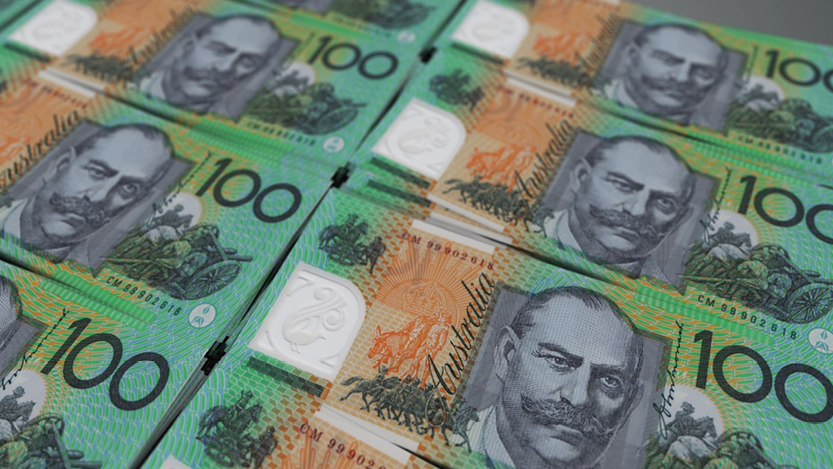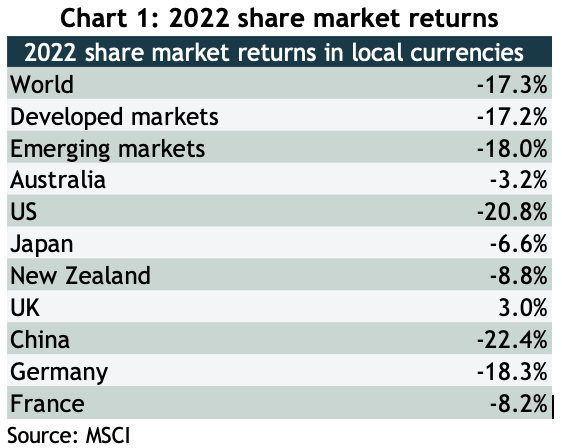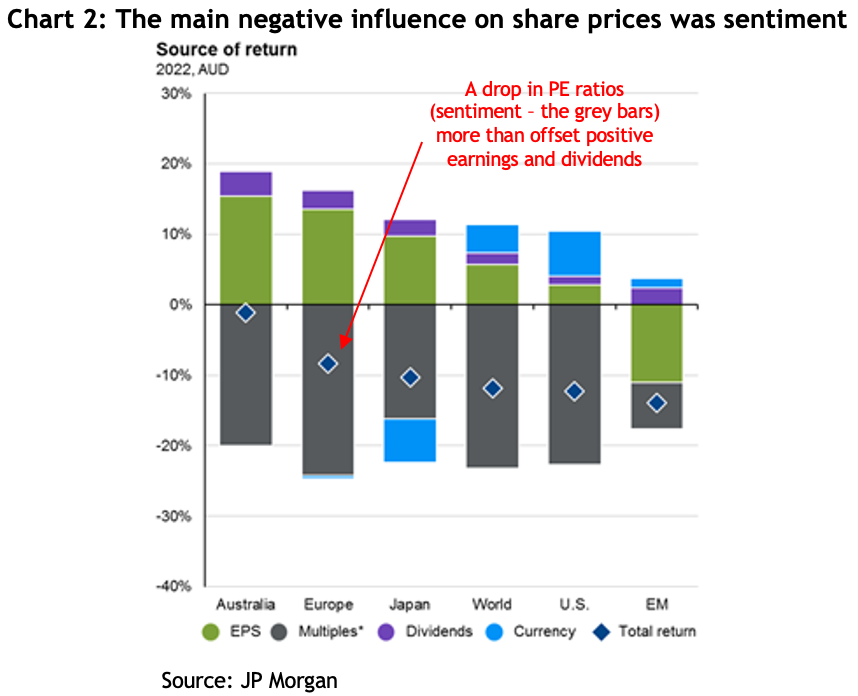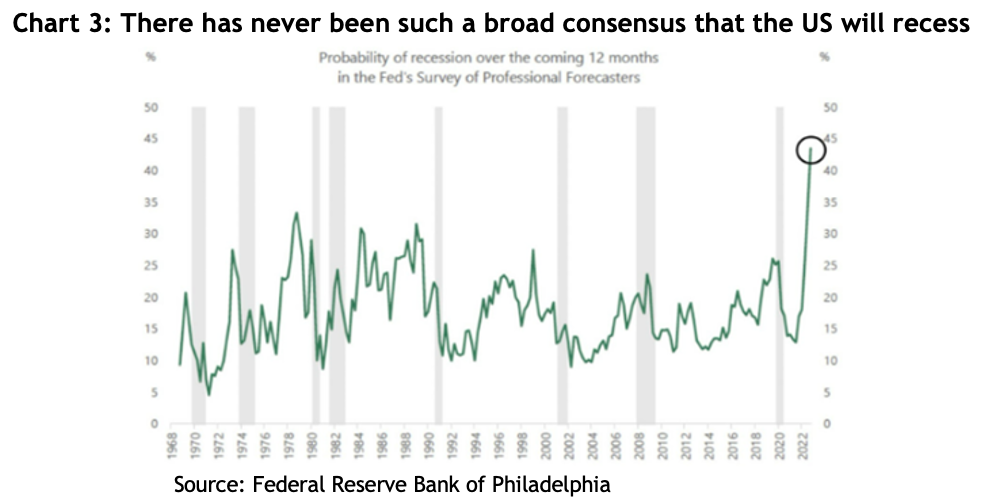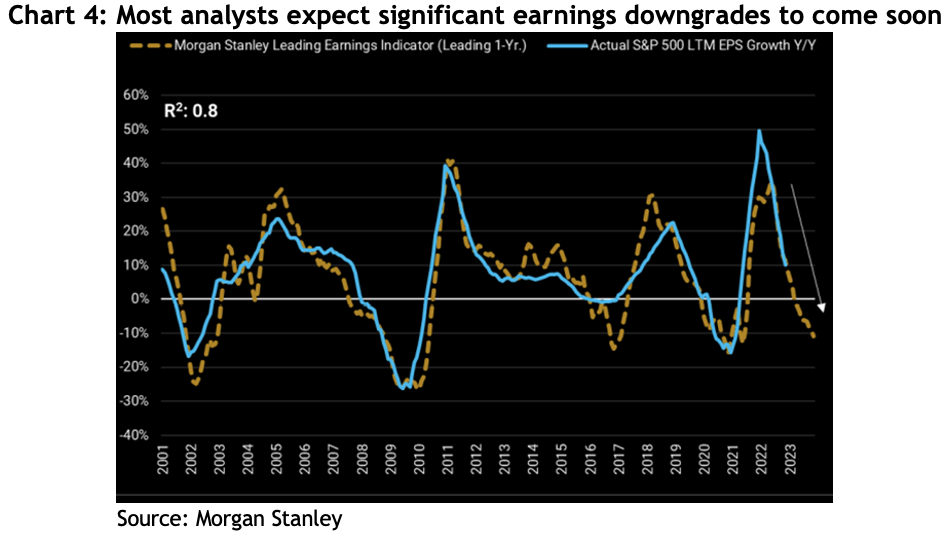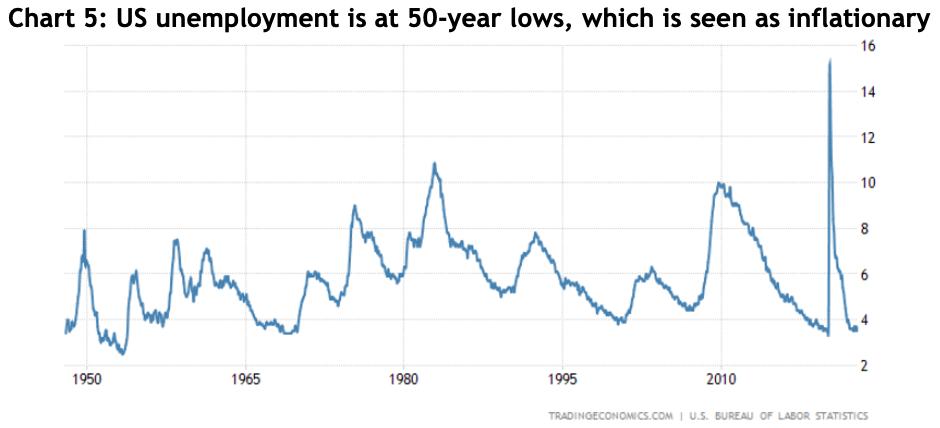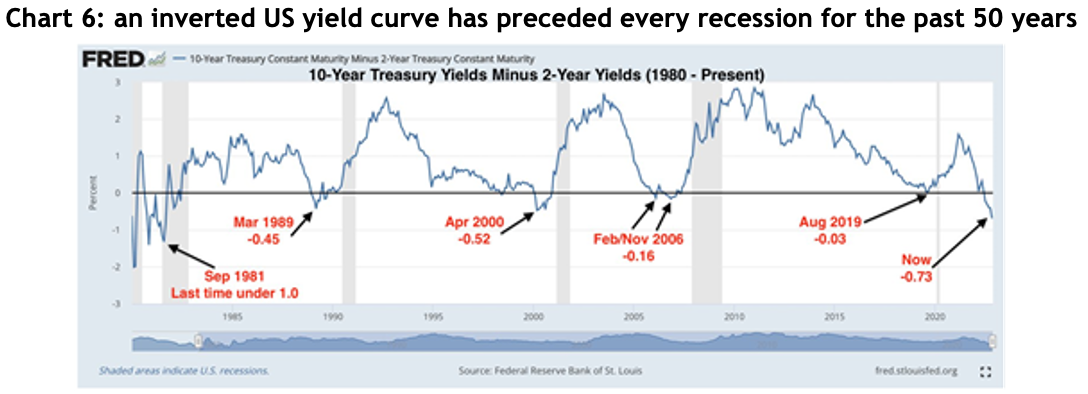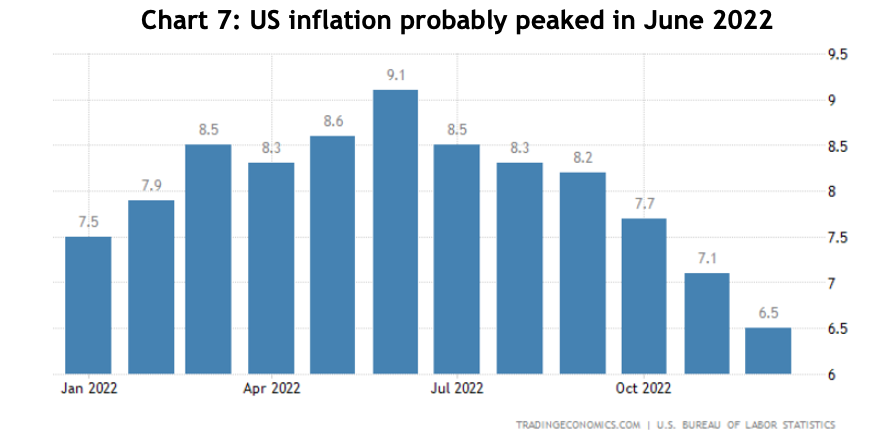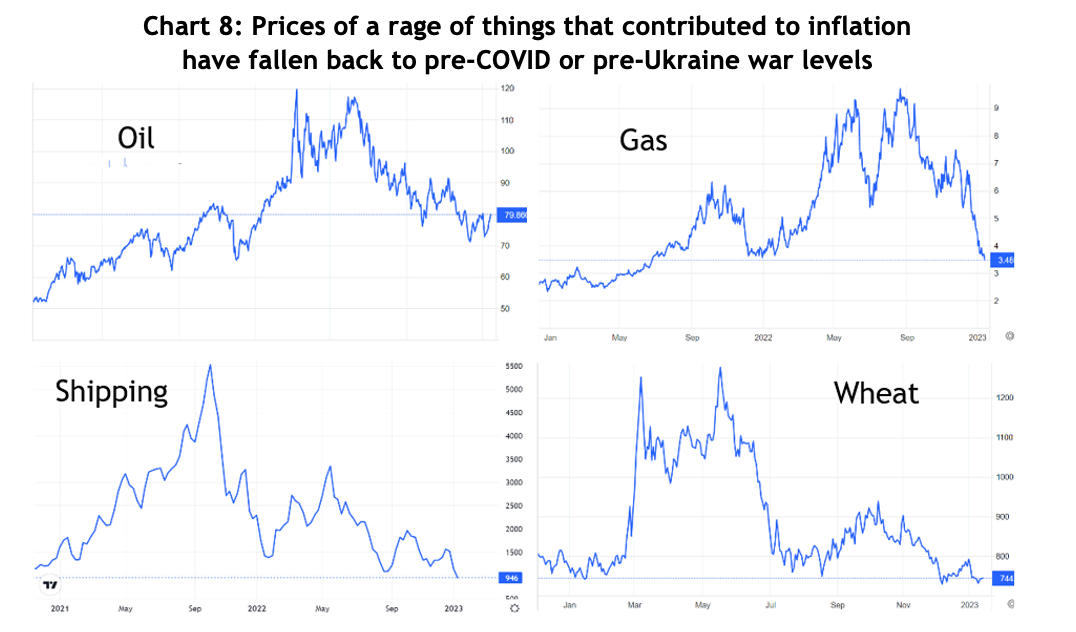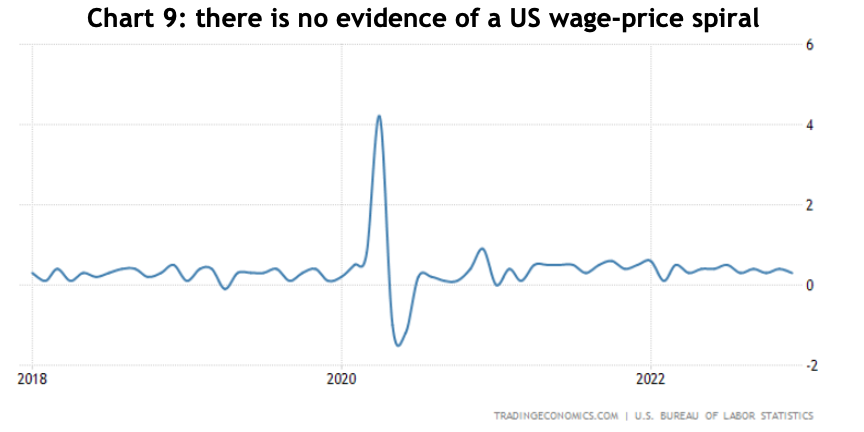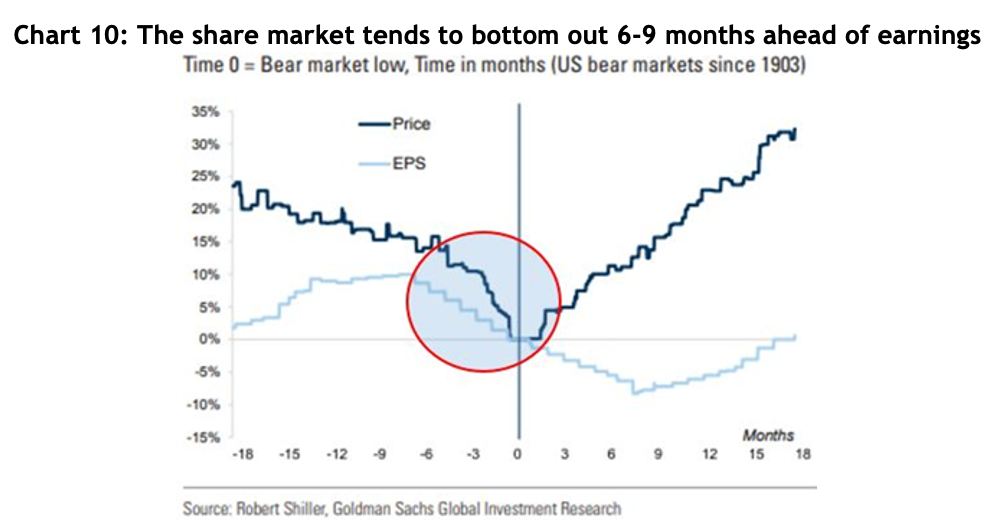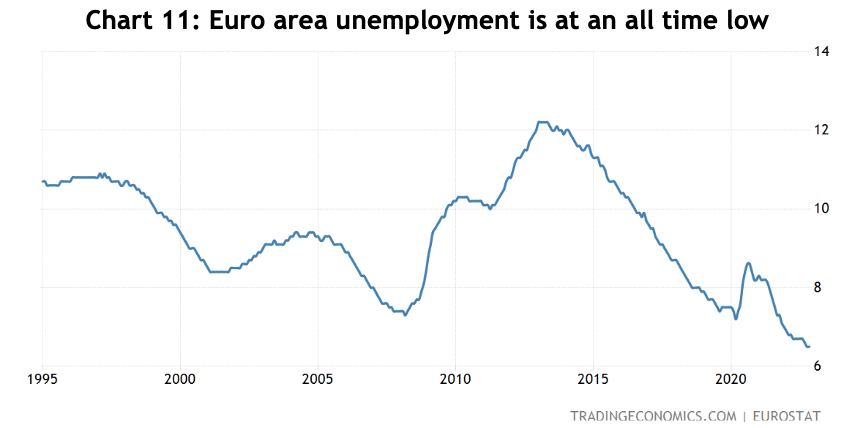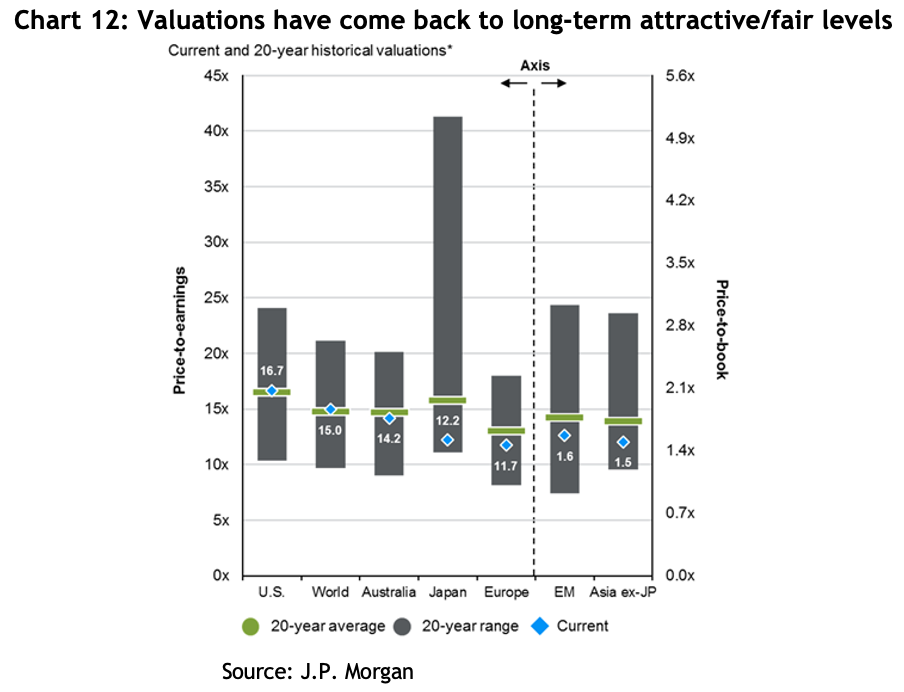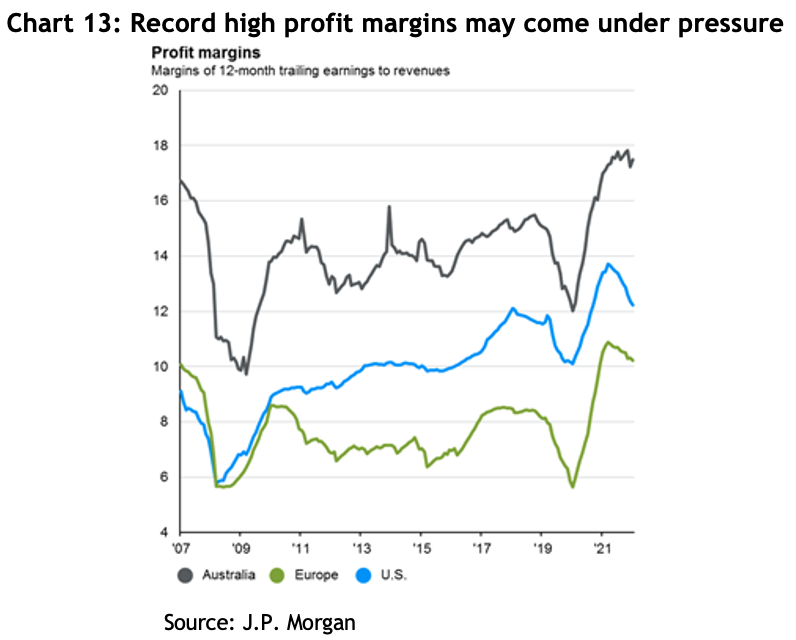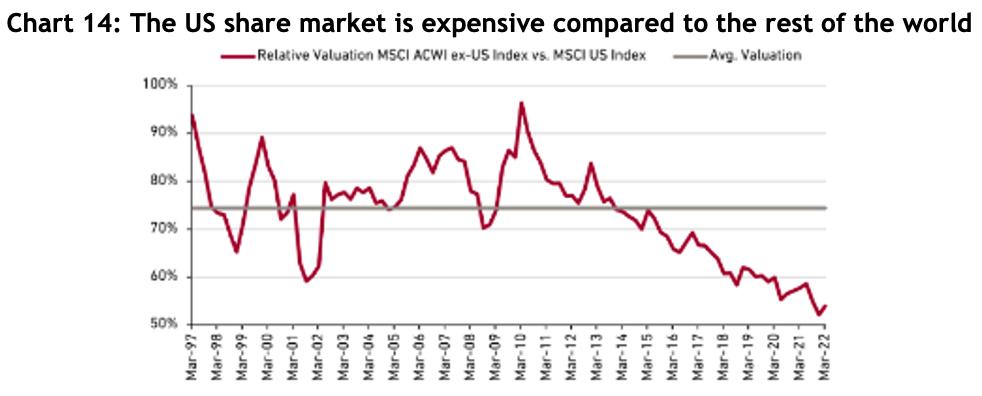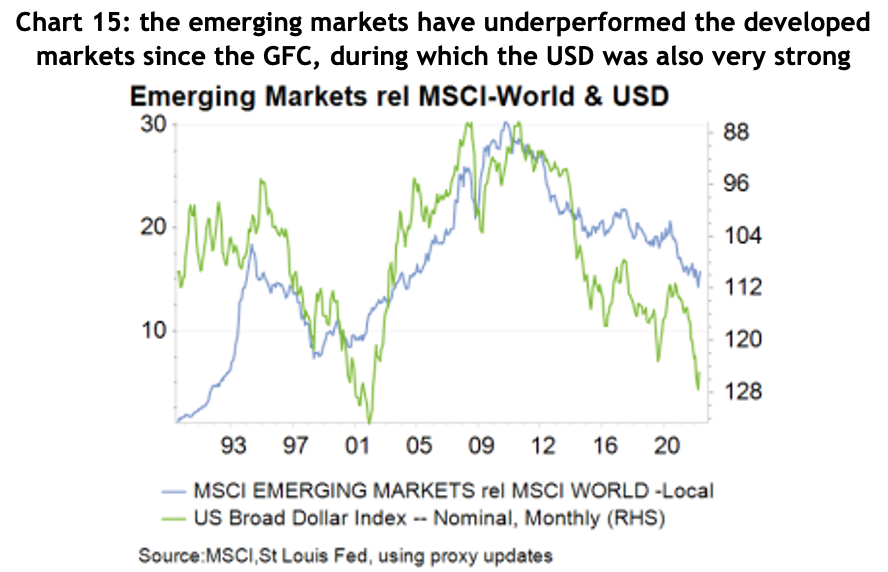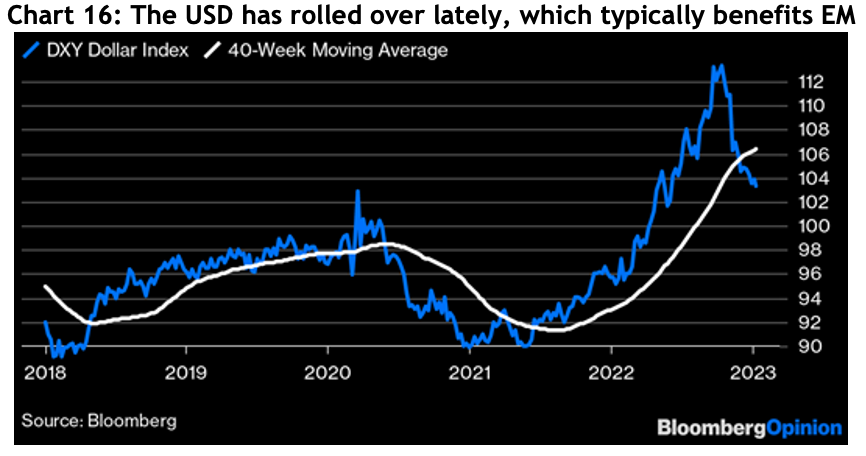
Where you can find higher returns with less risk
Every smart investor dreams of higher returns with less risk. While scepticism is definitely in order for most investments claiming to offer it, there is growing evidence to suggest private assets do indeed hold out that tantalizing prospect.
First, what are “private assets”? They are any kind of asset that can bought or sold outside of a public exchange and can include everything from companies to loans, to property or even stamp collections.
Unlisted property syndicates are a form of private market investing that have been popular among individual investors for years. But the biggest growth among institutional investors, and lately individuals as well, has been private equity, so investing in companies from startups through to well-established or even multibillion-dollar ventures, and private credit, where you invest in a loan.
It’s easy to think public markets must be bigger than private markets, but it’s in fact the opposite, and in a big way. Worldwide, at the end of 2022, there were more than 140,000 private companies with annual revenues of more than US$100 million, compared to approximately 19,000 public companies. And globally, it’s estimated the private credit market is worth more than US$1 trillion per year.
According to Hamilton Lane, the world’s largest private equity consultant, private equity and credit have outperformed their public market equivalents in 20 of the last 21 years, and with significantly less volatility, which is often used as a proxy measure of risk. In fact, they estimate cumulative private equity returns since 2000 were about four times higher than global shares.
Similarly, KKR, one of the largest private equity companies in the world, reports that between 1981-2021 the Burgiss US Buyout Universe index returned 16.7 per cent per year compared to the S&P 500’s 10.0 per cent. Investing $1000 into the private equity index in 1981 would have been worth $482,000 by 2021, compared to $45,000 in US shares.
One of the principal reasons private equity outperforms public share markets is because there are no insider trading laws in private markets. If a transaction is not open to all and sundry, then there is no requirement for everyone to have access to the same information.
That means there are almost no obstacles to the super detailed due diligence private equity managers can undertake in analysing a potential acquisition, including access to things like board papers, financial projections or interviewing employees, the stuff a public equities fund manager would go to jail for!
Then once a manager acquires a company, not only will they have full visibility of its financial progress, it will also typically have a board seat and discretion to hire and fire executives of its choice. That’s a level of transparency and control that public fund managers can only fantasize about.
Private equity still has a bad reputation among some investors as predominantly an exercise in stripping assets from an acquired company, loading it with debt and then dumping it on unsuspecting investors through a share market listing. Whilst there may be a handful of private equity managers who still operate that way, these days the best managers carefully plan a multi-year strategy to transform acquired businesses.
Critics of private assets argue the lack of volatility is because the investments are not revalued on a minute-by-minute basis like shares or bonds are. That is indeed true, but that lack of liquidity in the underlying investments is not necessarily always a bad thing. One of the main reasons share markets are volatile is because they are subject to the vagaries of human sentiment, especially fear and greed, which invariably causes markets to overreact on both the upside and the downside, reflected in gyrating price to earnings ratios.
By contrast, typical private equity deals are run on a multi-year timeframe by cold-blooded managers who are neither driven by sentiment nor required to disclose earnings results on a regular basis. Whilst that can mean private assets don’t benefit as much from sharply higher PE ratios, nor do they suffer from sharply lower ones either.
The main risk of investing in private assets has always been liquidity risk. Private equity funds will normally lock investors’ money up for 7-10 years, which is why they have largely been open to only institutional or ultra-high net worth investors. And they’ve loved it, with global participation in private markets estimated to have grown from US$600 million in 2000 to US$9.7 trillion in 2022.
But over recent years, the so-called democratisation of private markets has seen novel funds that offer monthly or quarterly liquidity, making this exceptional asset class available to individual investors who are happy to take a long-term approach to investing.
It is possible to calculate a portfolio’s liquidity requirements, to meet things like pension payments or regular expenses, and keep sufficient public market investments to cover them, then invest the balance in a diversified mix of private market assets.
Interested in how private assets could work in your portfolio?
Complete the following to receive our ebook on private assets.




